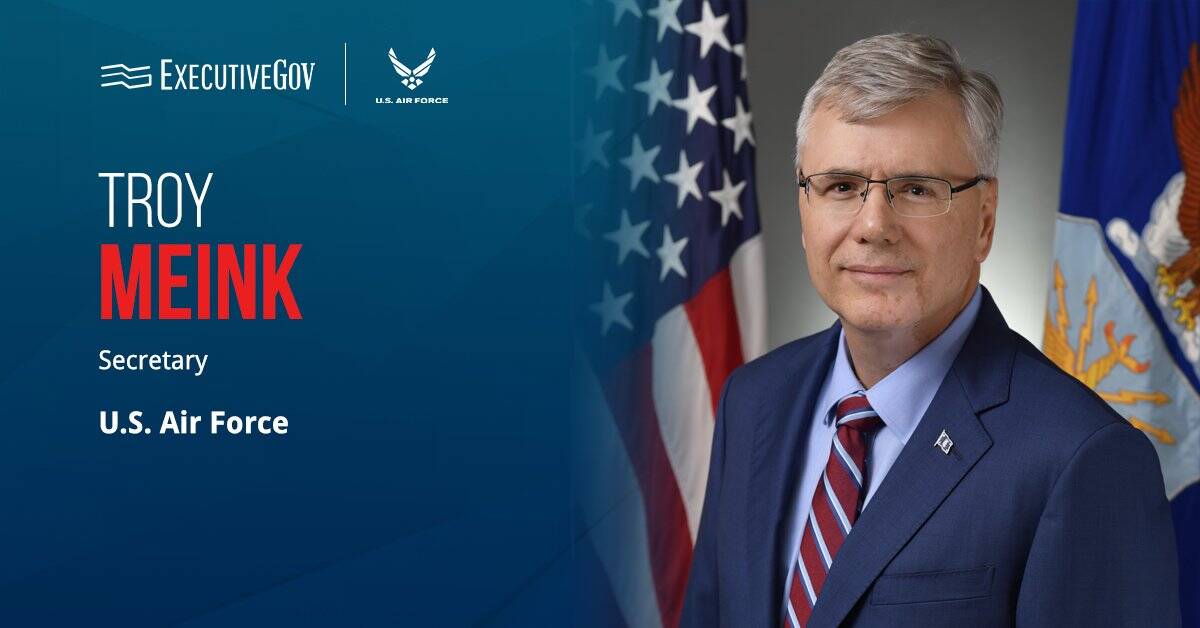 The U.S. Army Rapid Capabilities Office continues to review proposals from contractors for potential $50 million-to-$100 million contracts to acquire electronic warfare gear, Breaking Defense reported Friday.
The U.S. Army Rapid Capabilities Office continues to review proposals from contractors for potential $50 million-to-$100 million contracts to acquire electronic warfare gear, Breaking Defense reported Friday.Sydney Freedberg writes Army Secretary Eric Fanning works to lead the service branch’s efforts to address its acquisition system through a system similar to the U.S. Air Force‘s Rapid Capabilities Office.
The report added the proposals cover sensors for radar and radio signal detection, signal jammers and options to mount the systems on ground vehicles, soldiers’ backpacks and drones.
Army Research, Development, Testing & Engineering funds also increased to $118 million in 2017 along with $50 million invested to help accelerate procurement, the report added.





